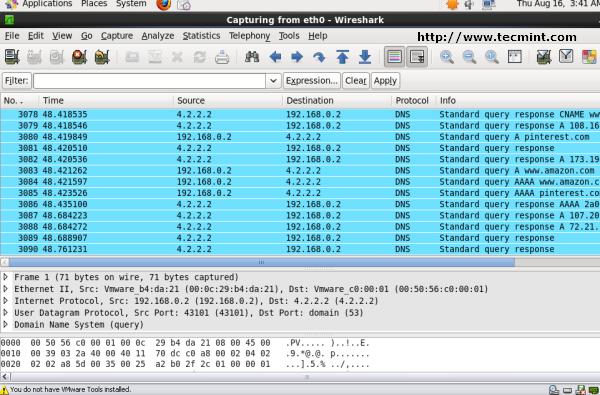


In our example we download the malware test file from the EICAR secure site.ħ. Browse to the website or web application that is being tested and run all actions that need to be captured. The expected output if the file is properly created will be:Ħ. Use the terminal to verify that the sslkey.log file is created. (The environment variable is set only for that specific Terminal session).ĥ. Launch Chrome or Firefox using the terminal window that was used to set the environmental variable in step 2. Launch Wireshark, and start the packet capture.Ĥ. Open a Terminal window and set the SSLKEYLOGFILE environment variable using the following command.Įxport SSLKEYLOGFILE="/Users/$USER/sslkey.log"ģ. Make sure all instances are closed by using the Force Quit option (right click in the web browser's icon down in the Applications Dock, hold down the Option key, and select Force Quit).Ģ. SSL/TLS sessions using RSA, DHE or ECDHE key-exchange algorithms.ġ.Chrome 85 or newer, or Firefox 81 or newer.Capture SSL session keys from encrypted web-browsing or other web application traffic in Chrome or Firefox and use it to decrypt packet captures in Wireshark.


 0 kommentar(er)
0 kommentar(er)
